Landscaping around swimming pools has a unique set of challenges due to the specific set of requirements associated with a pool. Swimming pools often create their own microclimates such as raised humidity levels and intense sunlight reflected from concrete paving. Plant material can be splashed with chlorine, salt water and other chemicals. The key is to understand the micro climate and find the plant material that can withstand it while looking good and being easy to maintain.
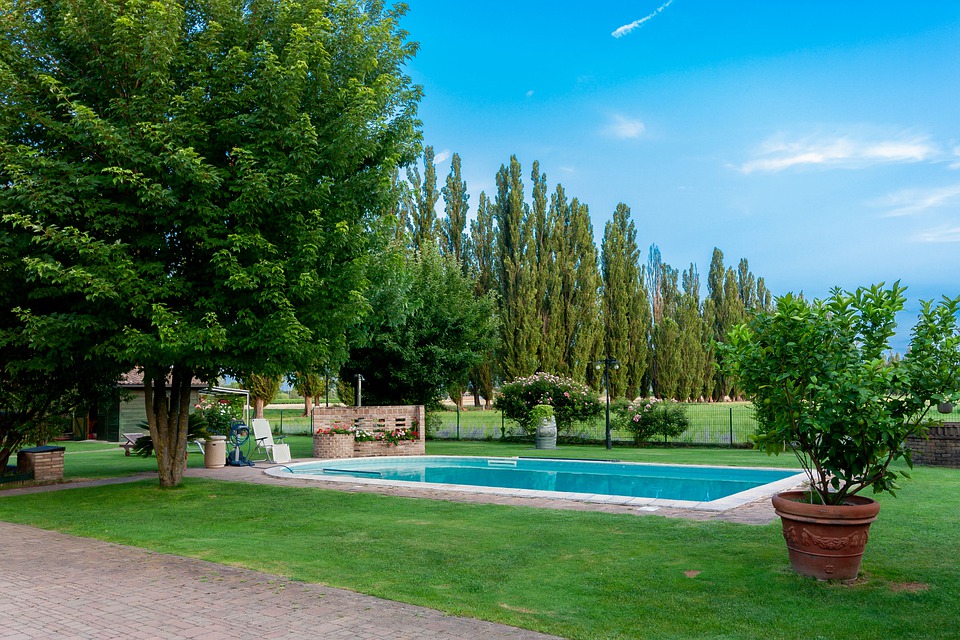
Selecting the appropriate plant material can be broken down using the following factors:
- Privacy:
This tends to be the primary issue for many clients as pool areas are often viewed as sanctuaries, places where someone can escape from the outside world. It may be desirable to block a neighbor’s view, limit noise or hide an ugly view adjacent to the property. The two primary elements to achieve this are trees and hedges. A properly placed tree can block an intrusive deck or upper window. Hot tubs are often incorporated as poolside elements and see use throughout the winter months, thus requiring evergreen screening. Cedar hedges provide a natural fence to enclose the planted space and can provide shade as well as privacy. Emerald Cedars are a popular choice. Vines should not be overlooked as elements for privacy as they can climb walls, weave through wire fences and wind around trellises. They grow quickly and can be easily trained. Honeysuckle, Wisteria and Trumpet Vine are three such specimens.
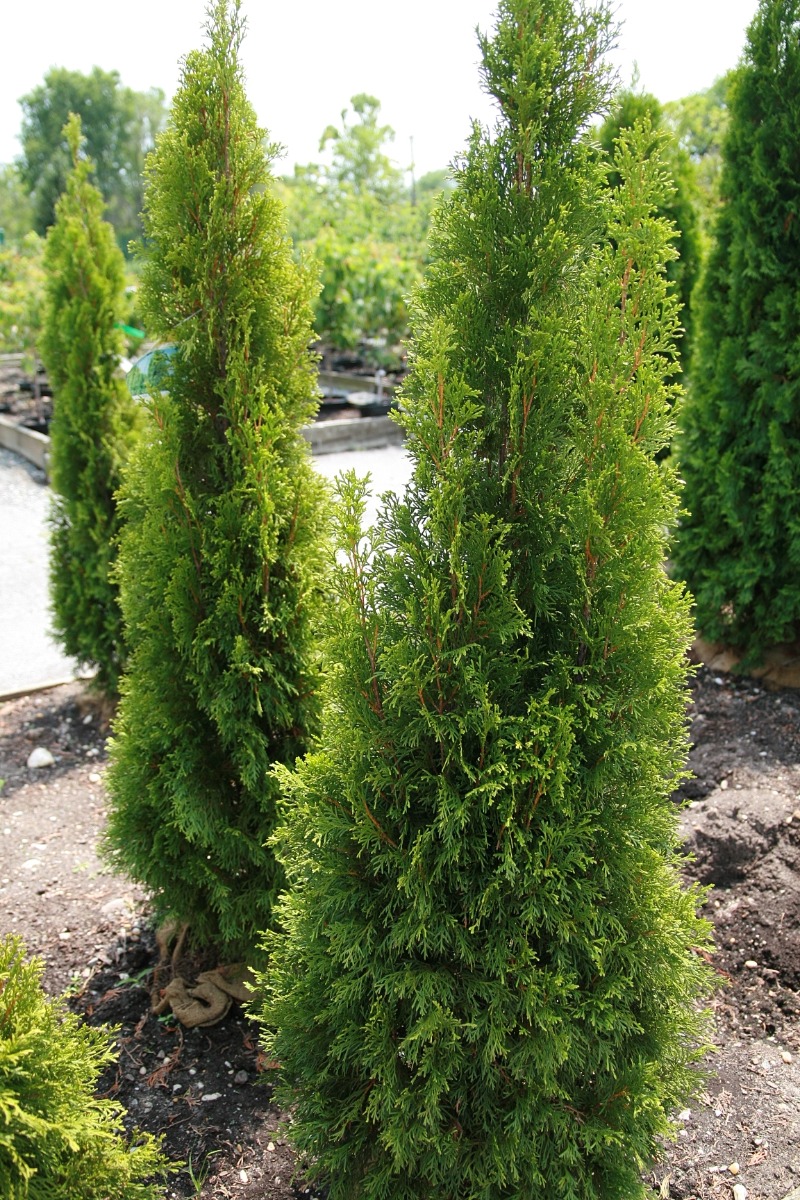
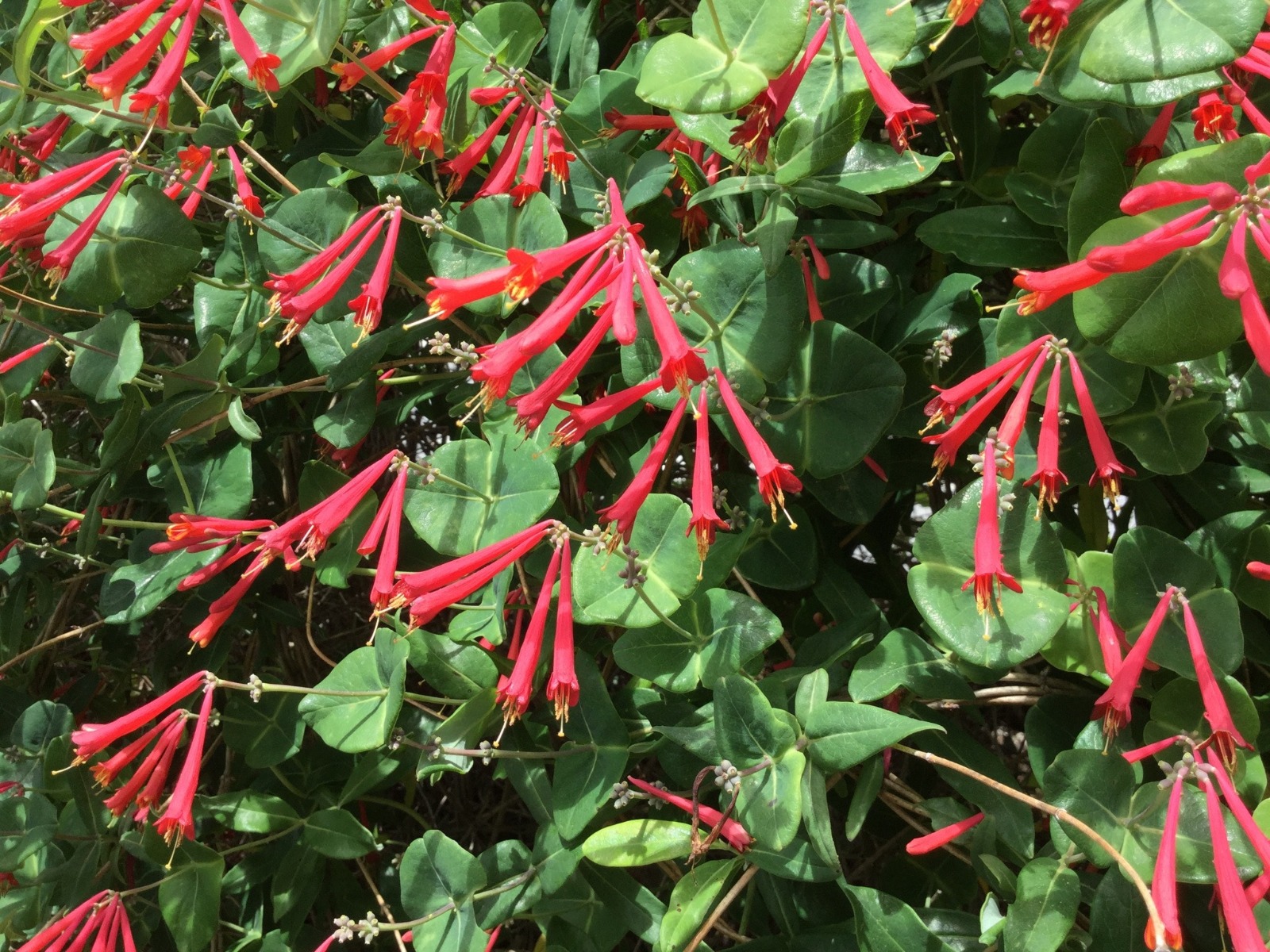

- Plant Material as Scenic Elements:
The aesthetic appeal of a species comes in a close second in terms of desirability and can be further broken down into the 3 major traits of form, colour and texture.
Form
The mature shape of the plant is a major consideration as space is often at a premium when a pool is present. Too often a garden is a secondary consideration and occupies only the space that is left over, thus limiting the size of the possible plantings. This leads to the desirability of columnar trees that have limited lateral growth while preserving living space. Dawyck Beech, Sweetgum and European Columnar Hornbeams are trees that fill this role. Other small trees suitable for planting around pools include Paperbark Maple, Copper Beech and Flowering Dogwood as they offer an attractive combination of distinctive bark, interesting leaves and branching structures.
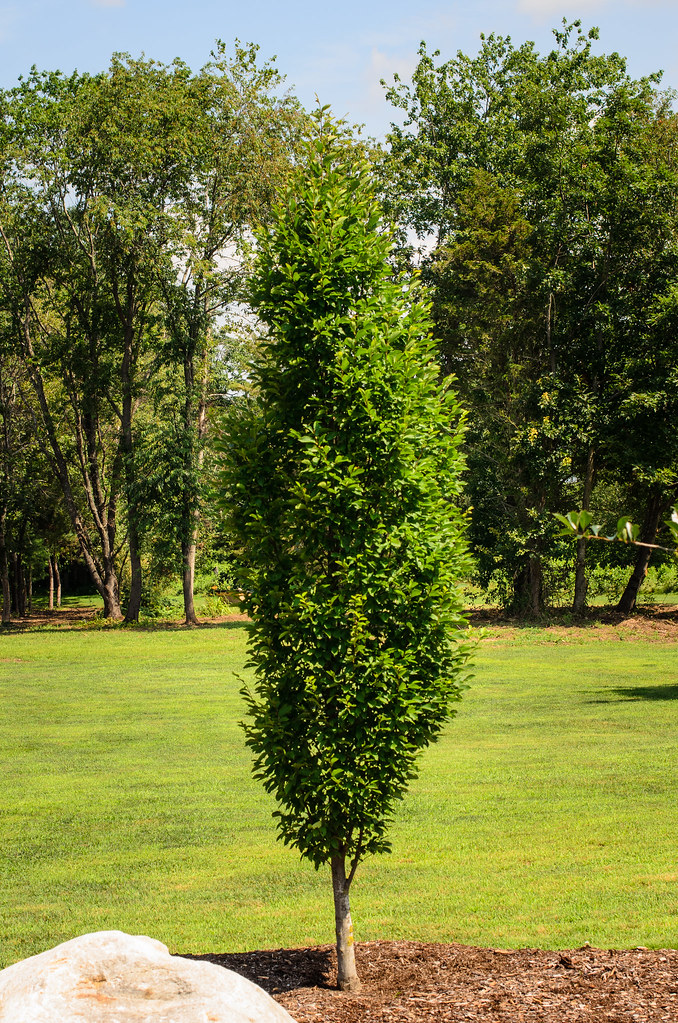
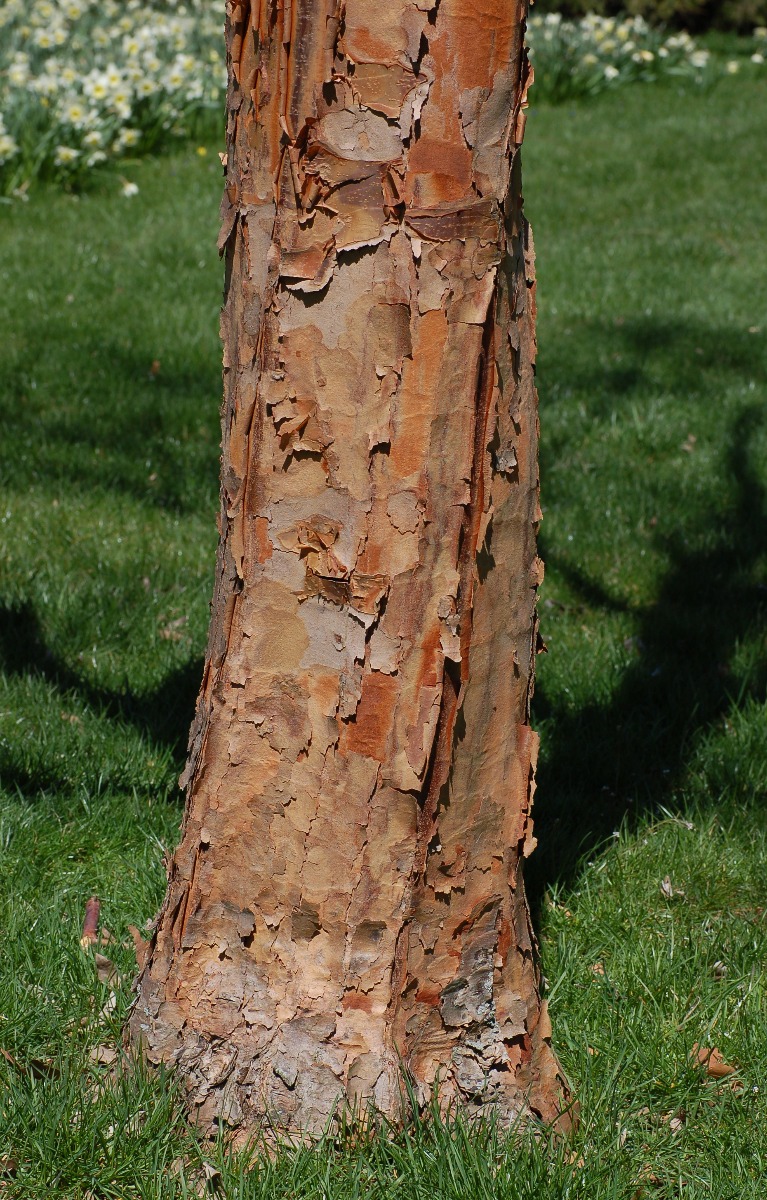
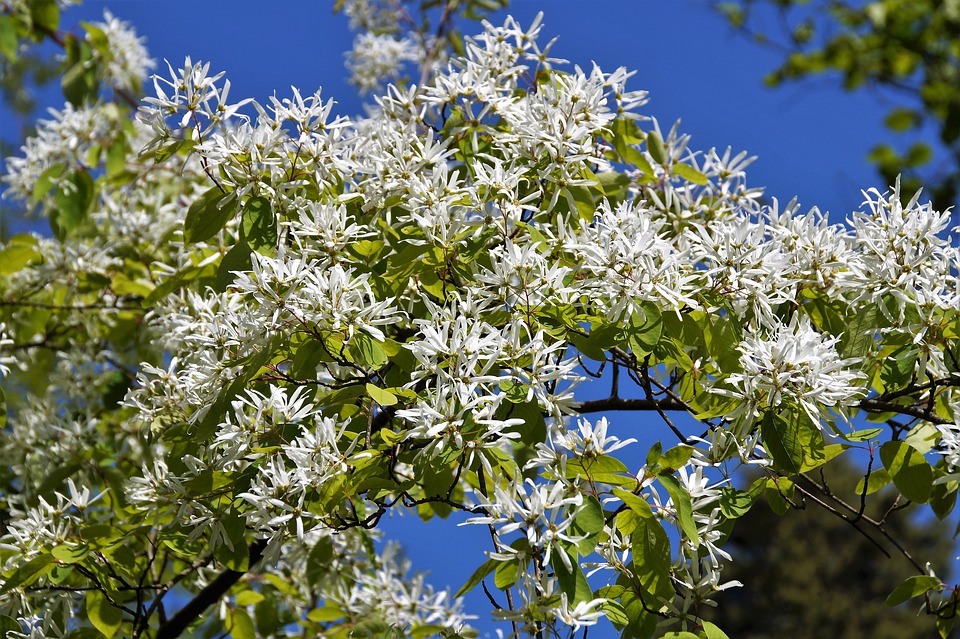
Colour
Colour can be utilized in a number of forms including flowers, leaves and bark. In an environment with limited space it is often desirable to include as many of these traits as possible when selecting specimens. Flowering shrubs such as Weigela and Spirea can offer a combination of leaf colour and spring flowers as well as being among some of the easiest plants to care for. A Japanese Maple placed in a sheltered corner provides interesting leaf structure with seasonal variations in colour while a Purple Dawyck Beech with its intricate branching structure and purple leaves is a visual focal point.
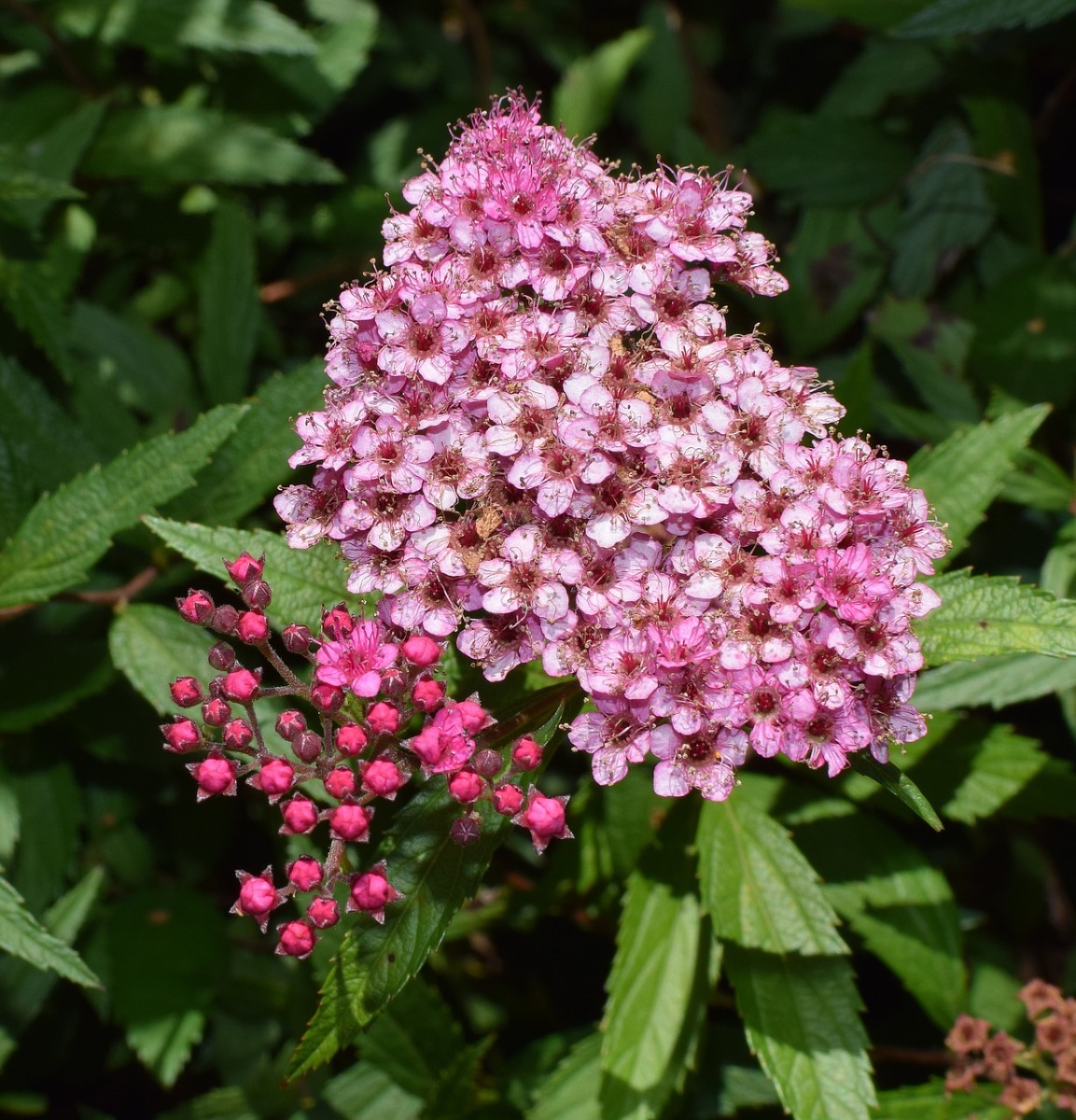
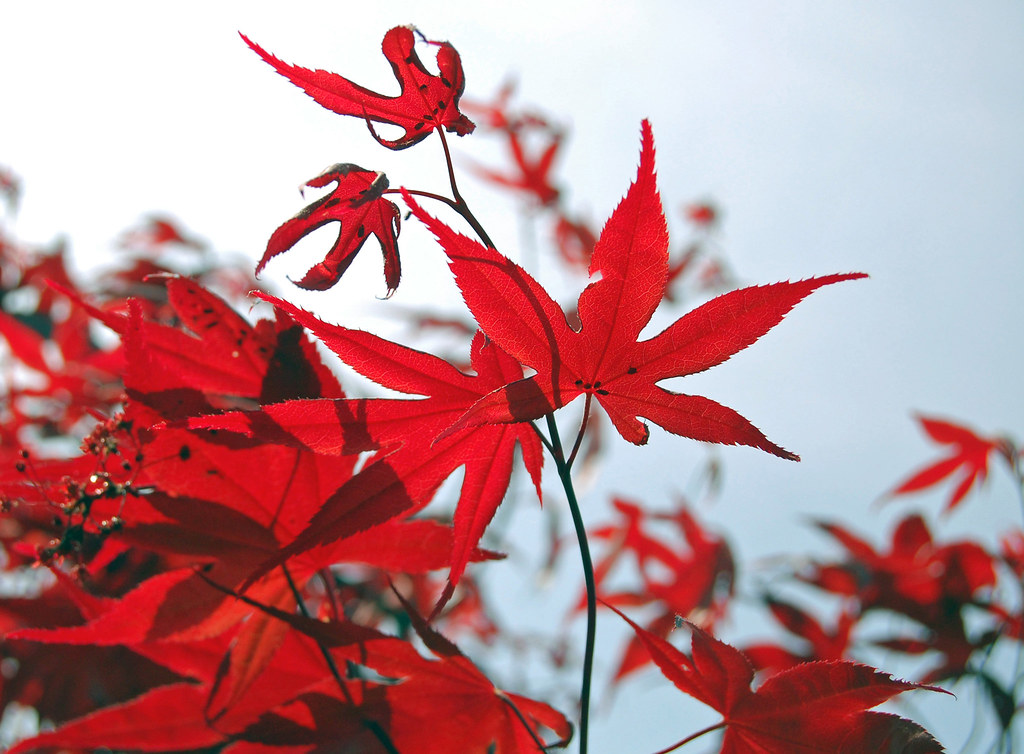
Texture
Perennials are a great design element for pool areas as they can be combined to create layers with different sizes and styles of plants. Ornamental grasses are easy to care for, grow quickly, create a nice form in silhouette and blend nicely with other plants. Most pools are a full sun environment so perennial choice should reflect that. Daylilies such as Stella D’Oro provide colour but won’t die after flowering so maintenance is kept to a minimum. This leads directly to our next factor, which is ease of maintenance.
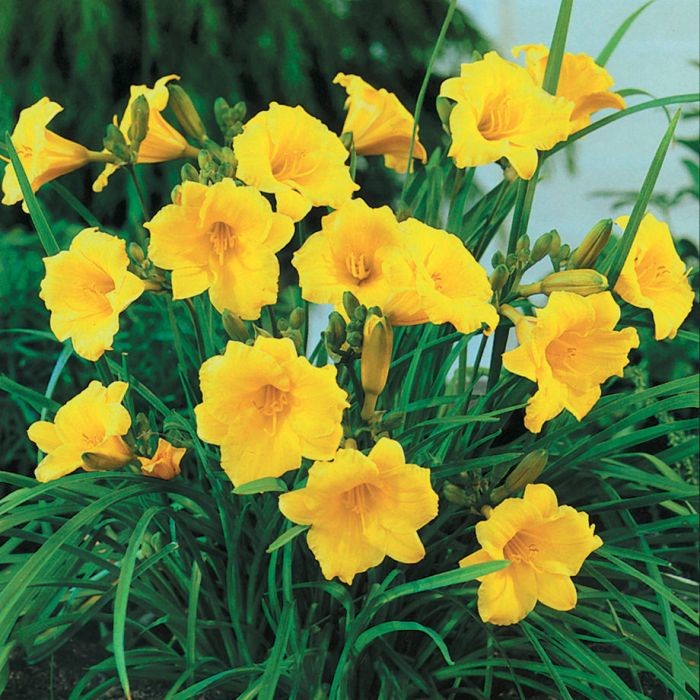
- Maintenance:
Privacy may be the most asked for quality but ease of maintenance is the number one concern for the majority of home owners. Selection of the appropriate plant material is vital to this end as the factors imposed by the close proximity to a pool are limiting.
The selection of tree species is probably the number one priority as trees can have the greatest impact on an area. The tree that is planted as a small specimen can grow large and block sunlight while developing an extensive root system that can damage pool walls and plumbing. The root system of most trees is approximately the size of the crown so it is critical to know the mature height and width of a proposed specimen. Other factors to consider are leaf structure and size as well as the tendency to drop fruit. It is desirable to avoid berries that stain and soft fruits that are messy and smelly. As a rule trees to avoid are those that grow too fast, too tall and have a spindly structure as they are prone to limb loss. These include various Willows, Poplars and Walnuts as well as fruiting species such as Crabapples and Plums. Trees should be pruned as they grow in order to maintain a desired growth habit and limit the undesired spreading of the crown.
Pools by their nature create maintenance issues in the form of potential splashing of plant material with chlorine, salt water and other associated chemicals. In limited amounts this isn’t often a major concern if the plants around the pool are regularly watered thus diluting these liquids. The occasional splashing should not be confused with the backwashing of excess pool water as the volume and concentration is usually fatal to exposed plant material. These pollutants can remain in the affected soil for long periods after exposure.




